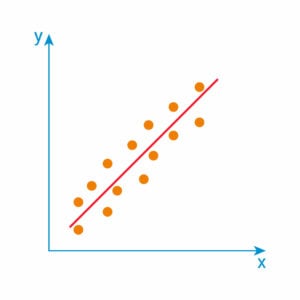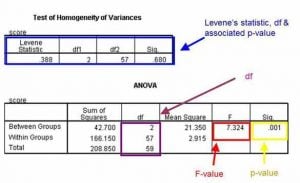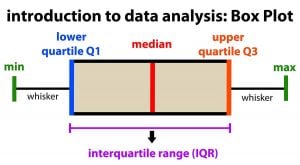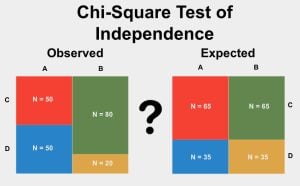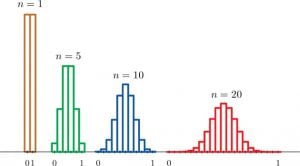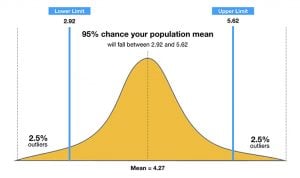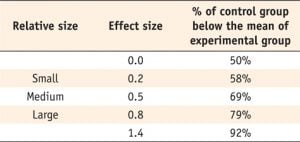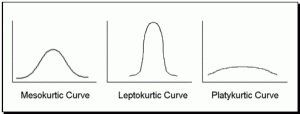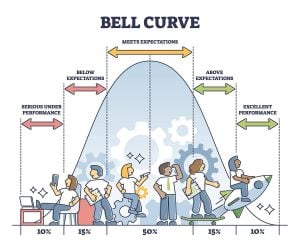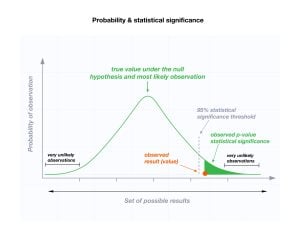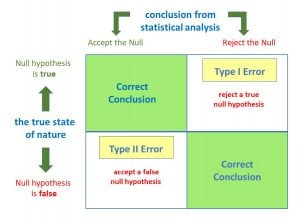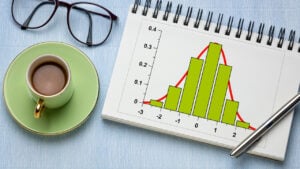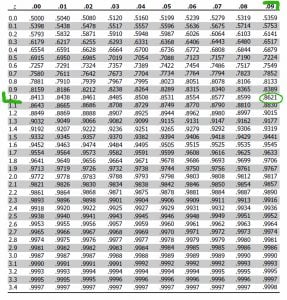Statistics
The field of statistics is concerned with collecting, analyzing, interpreting, and presenting data. Learn statistics and probability for free, in simple and easy steps starting from basic to advanced concepts.
Key Terms
- Scientific Method
- Variables
- P-value
Scientific Method
The scientific method is a step-by-step process used by researchers and scientists to determine if there is a relationship between two or more variables. Psychologists use this method to conduct psychological research, gather data, process information, and describe behaviors.
Learn More: Steps of the Scientific Method
Variables
Variables apply to experimental investigations. The independent variable is the variable the experimenter manipulates or changes. The dependent variable is the variable being tested and measured in an experiment, and is 'dependent' on the independent variable.
Learn More: Independent and Dependent Variables
P-value
When you perform a statistical test a p-value helps you determine the significance of your results in relation to the null hypothesis. A p-value less than 0.05 (typically ≤ 0.05) is statistically significant.
Learn More: P-Value and Statistical Significance
Frequent Asked Questions
A p-value less than 0.05 (typically ≤ 0.05) is statistically significant. It indicates strong evidence against the null hypothesis, as there is less than a 5% probability the results have occurred by random chance rather than a real effect. Therefore, we reject the null hypothesis and accept the alternative hypothesis.
However, it is important to note that the p-value is not the only factor that should be considered when interpreting the results of a hypothesis test. Other factors, such as effect size, should also be considered.
Learn More: What A p-Value Tells You About Statistical Significance
A z-score describes the position of a raw score in terms of its distance from the mean when measured in standard deviation units. It is also known as a standard score because it allows the comparison of scores on different variables by standardizing the distribution. The z-score is positive if the value lies above the mean and negative if it lies below the mean.
Learn More: Z-Score: Definition, Calculation, Formula, & Interpretation
The independent variable is the variable the experimenter manipulates or changes and is assumed to have a direct effect on the dependent variable. For example, allocating participants to either drug or placebo conditions (independent variable) to measure any changes in the intensity of their anxiety (dependent variable).
Learn More: What are Independent and Dependent Variables?
Quantitative data is numerical information about quantities and qualitative data is descriptive and regards phenomena that can be observed but not measured, such as language.
Learn More: What’s the difference between qualitative and quantitative research?



